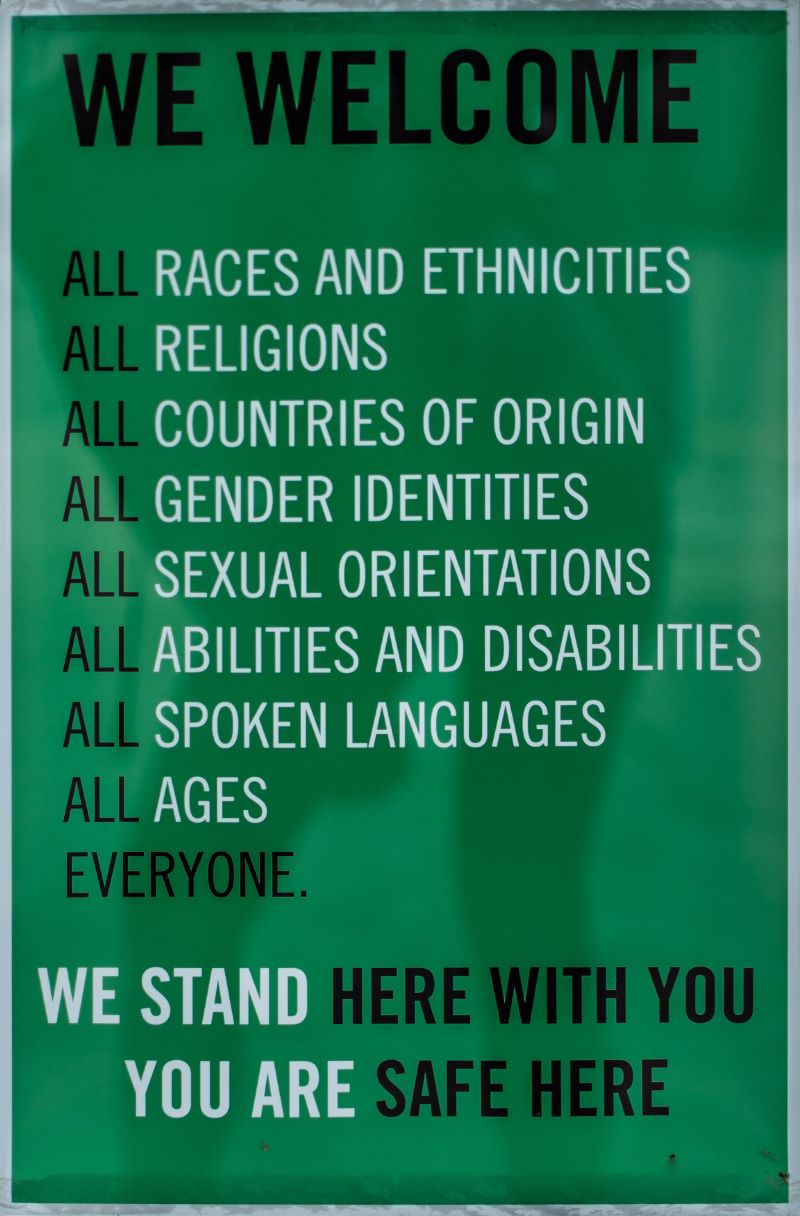Harnessing Diversity at Workplace
In today’s rapidly changing business environment, diversity in the workplace has emerged as a vital success factor. Companies that prioritize diversity and inclusion (D&I) in their employment policies and recruitment procedures not only foster a more inclusive workplace, but also position themselves for long-term growth and competitiveness. In this blog post, we will discuss the profound impact of diversity on business growth.

Diversity at Workplace Hiring: The Basic Procedures and Policies
1. Creating Inclusive Hiring rules: Creating inclusive hiring rules is the first step on the path to a diverse workforce. The company’s commitment to diversity and desire to foster an inclusive workplace should be made clear in these rules. Companies can, for instance, emphasize their transparent and quantifiable diversity recruiting targets.
2. Recruitment practices that Support Diversity: Recruitment practices are the force behind workplace diversity. Companies should set up recruitment procedures that reach a variety of applicant groups. This could entail collaborations with various talent pipelines, participation in job fairs aimed at underrepresented groups, or the use of blind hiring practices to reduce unconscious prejudices.
3. Best Practices for Diversity Hiring: Using best practices for recruiting can help you draw in and keep individuals from various backgrounds. These procedures include holding diverse interview panels, utilizing gender-neutral wording in job descriptions, and teaching hiring teams on unconscious bias.
Connect with Employers at the Indian Diversity Job Fair! Jobs for Everyone! Register NOW!!
The Value of Diversity in Employment
- Diverse Applicants: When you hire candidates with diverse backgrounds, experiences, and perspectives, you infuse your organization with original ideas and creativity. Diverse teams are more likely to generate novel solutions and adapt to shifting market conditions.
- Reflecting Your Customer Base: A diverse workforce can comprehend and communicate with a diverse customer base more effectively. This results in increased customer satisfaction and the capacity to serve a broader spectrum of customers.
- Fostering a Positive Reputation: Demonstrating a commitment to diversity can improve your organization’s reputation, making it an employer of choice for top talent. A positive reputation for diversity may increase the number of applications from diverse candidates.

Implementing Inclusive Hiring Practices for Diversity at Workplace
1. Diversity recruiting Strategies: Businesses should create thorough diversity recruiting plans that cover every facet of the hiring procedure. These tactics may include establishing Employee Resource Groups (ERGs) that are diversity-focused, collaborating with organizations that are diversity-focused, and providing mentoring programmes for minority staff.
2. Inclusive Hiring Practices: Throughout the hiring process, inclusion should serve as a guiding concept. By making accommodations for applicants with disabilities, giving flexible work schedules, and assuring a just and equal evaluation of candidates, employers can prioritize inclusive practices.
3. Technology: Can be used to its fullest advantage to promote diversity in hiring. In order to reduce unconscious prejudice in the earliest stages of recruiting, several organizations are employing artificial intelligence (AI) techniques to remove identifiable information from resumes during initial screenings.
Link between Diversity and Business Growth

Relationship between Diversity and Company Growth
- Diverse teams are more likely to generate innovative solutions. Different perspectives can result in breakthroughs and disruptive innovations that contribute to business expansion.
- Diverse teams are superior at making decisions. They consider a broader spectrum of perspectives and are more likely to identify potential risks and opportunities, resulting in decisions that are more informed and strategic.
- A diverse workforce enables organizations to communicate with a broader customer base, thereby increasing their market share. This can contribute to an increase in market share and a competitive advantage in the global marketplace.
Real-World Success Stories
- Google’s commitment to diversity and inclusion is evident through its various initiatives. This includes training for employees on implicit bias and partnerships with organizations such as Girls Who Code. These initiatives have not only increased workplace diversity, but also contributed to Google’s reputation as an inclusive employer.
- Unilever, a global manufacturer of consumer goods, has implemented a “5C” framework that concentrates on culture, capabilities, communities, customers, and consumers. By fostering a diverse and inclusive workplace, Unilever has improved its ability to communicate with a variety of consumer groups.

The Role of Inclusive Leadership
Within an organization, leadership plays a crucial role in promoting diversity and inclusion. Inclusive leaders champion diversity initiatives actively, set a positive example, and foster a culture of belonging. They recognize the importance of diversity in driving business growth and are committed to nurturing an inclusive workplace culture.
Incorporating diversity into employment policies and recruitment practices is not only a moral imperative, but also a strategic imperative for business expansion. Diversity and inclusion-focused organizations are better positioned to innovate, make informed decisions, and connect with diverse customers. Companies can pave the way for long-term success in today’s dynamic business landscape by implementing inclusive hiring practices and leveraging the unique perspectives of diverse teams. Embracing diversity isn’t just about ticking a box. It’s about reaping the benefits of a more prosperous, dynamic, and vibrant future.



